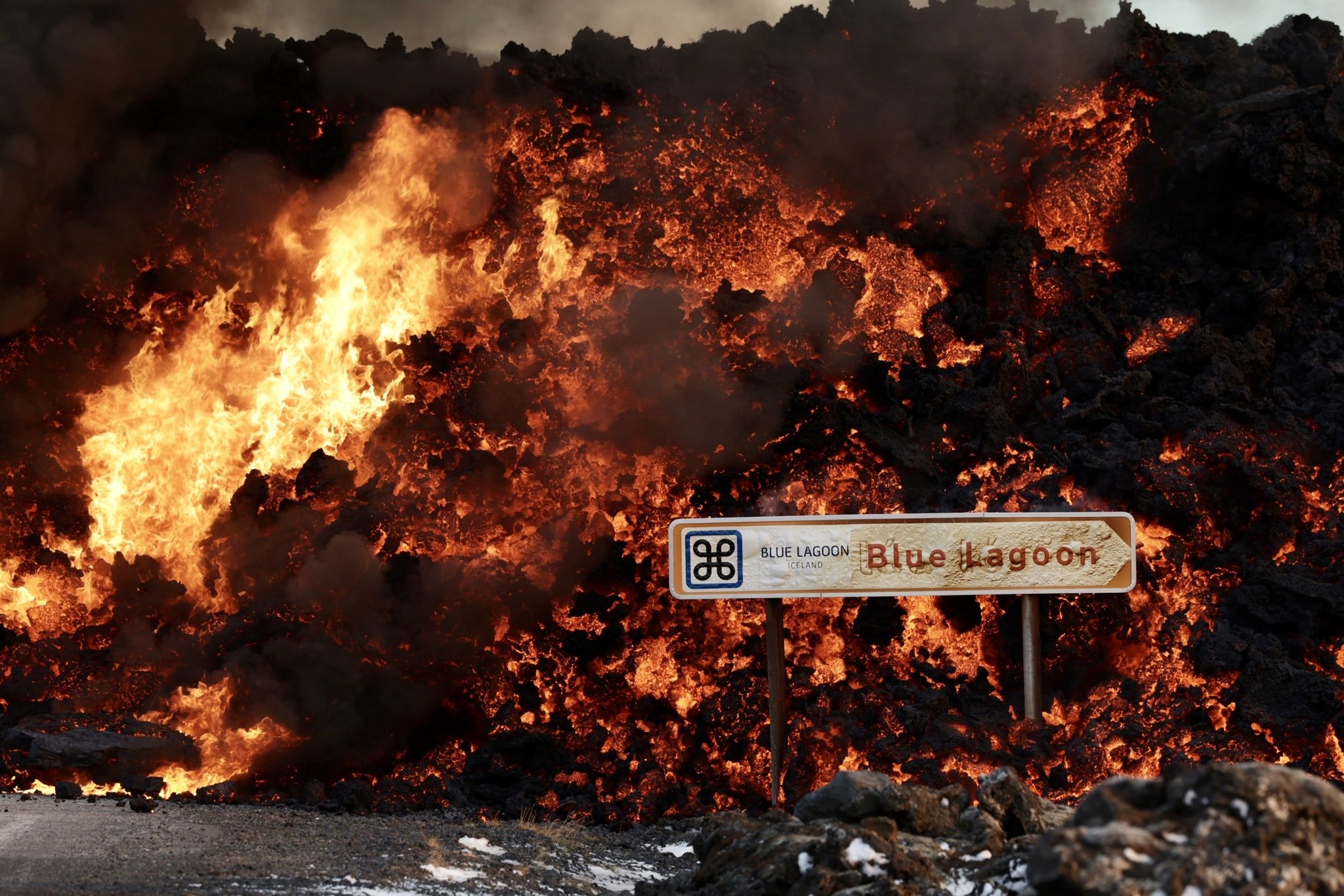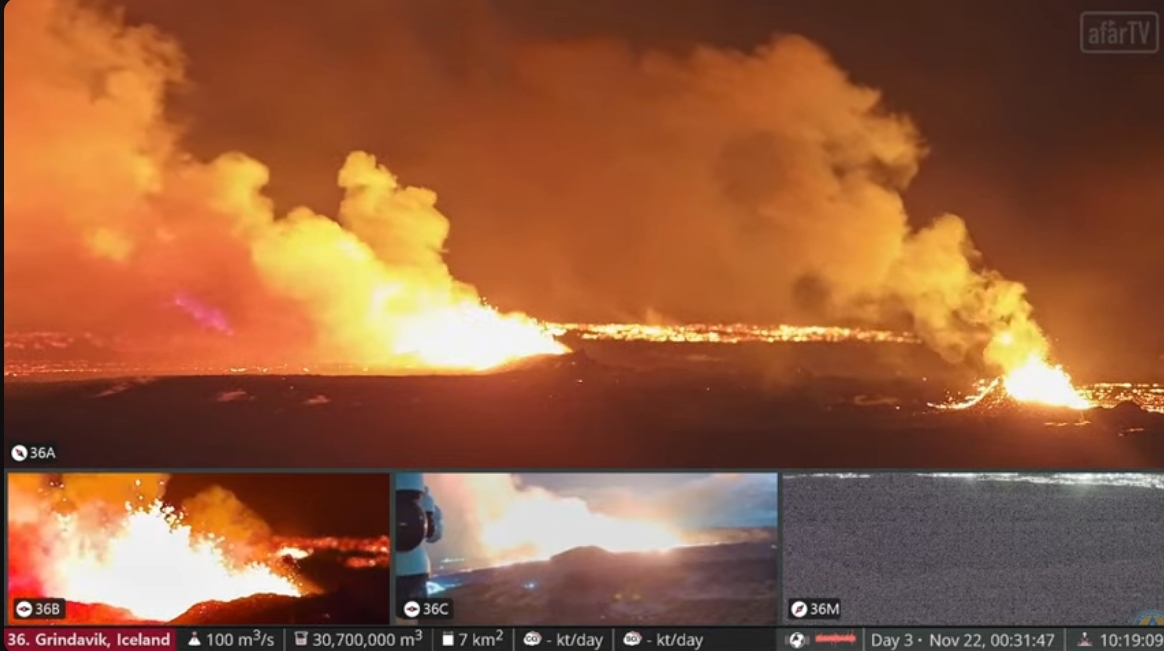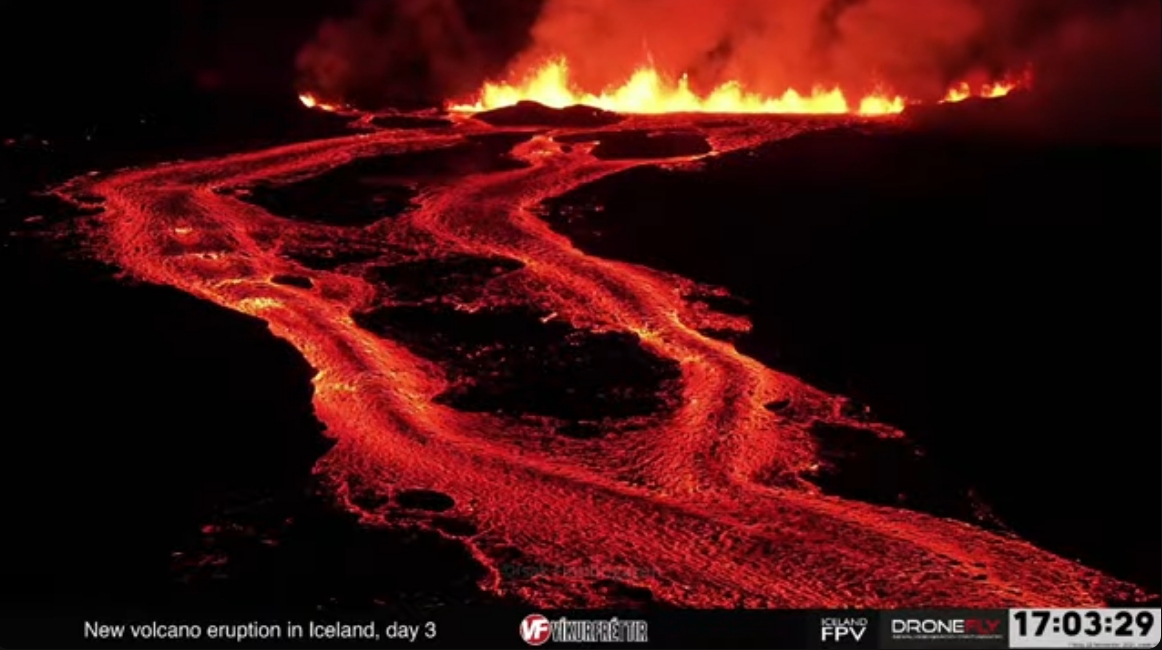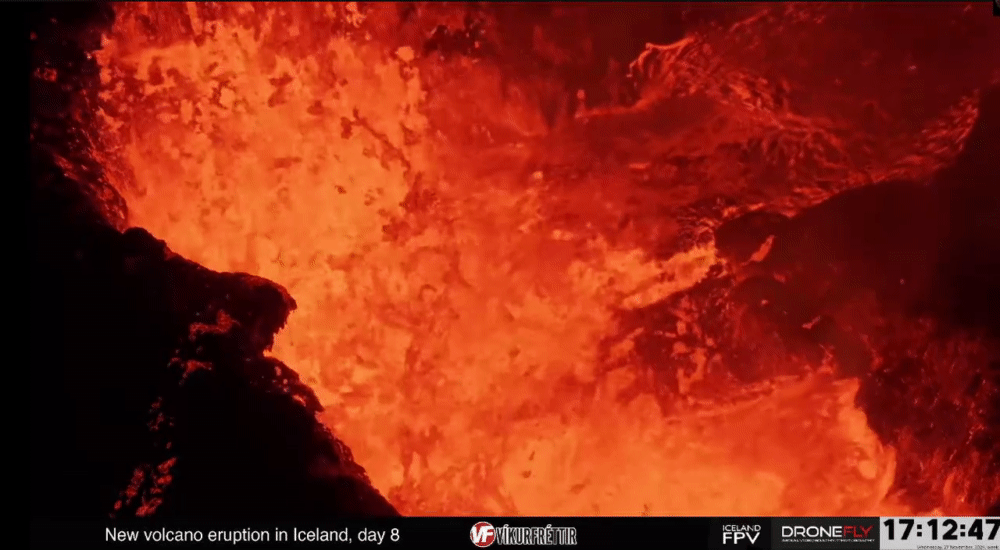WKN Weer, Klimaat en Natuurrampen
Lees alles over het onstuimige weer op onze planeet, volg orkanen en tornado's, zie hoe vulkanen uitbarsten en hoe Moeder Aarde beeft bij een aardbeving. Alles over de verwoestende kracht van onze planeet en tal van andere natuurverschijnselen.



Het dorpje in het noorden zou er in de toekomst ook mee te maken kunnen krijgen. 1500 inwoners.
Alleen in de menigte, een mes in mijn hand. Het bloed stroomt, ontsnapt uit diepe wonden, geslagen door het leven zelf.
Het leven eindigt wanneer de dood zijn werk heeft voltooid.
Het leven eindigt wanneer de dood zijn werk heeft voltooid.


Over 4 uur gaat Isak weer live met zijn drone.
Bekijk deze YouTube-video
Bekijk deze YouTube-video
My age is very
Inappropriate
for my behavior
Inappropriate
for my behavior


Blue Lagoon zelf niet in gevaar zo?quote:Op donderdag 21 november 2024 15:22 schreef Frutsel het volgende:
Blue Lagoon parkeerplaats gaat eraan...
[ x ]


Nog niet maar ja... zag net ook al een bericht dat de snelheid van deze voortstuwende lava anders was dan vorige kerenquote:Op donderdag 21 november 2024 15:57 schreef Momo het volgende:
[..]
Blue Lagoon zelf niet in gevaar zo?


Alleen in de menigte, een mes in mijn hand. Het bloed stroomt, ontsnapt uit diepe wonden, geslagen door het leven zelf.
Het leven eindigt wanneer de dood zijn werk heeft voltooid.
Het leven eindigt wanneer de dood zijn werk heeft voltooid.


Zonder die dijk was er nu geen Blue Lagoon meer geweest denk ik.
Alleen in de menigte, een mes in mijn hand. Het bloed stroomt, ontsnapt uit diepe wonden, geslagen door het leven zelf.
Het leven eindigt wanneer de dood zijn werk heeft voltooid.
Het leven eindigt wanneer de dood zijn werk heeft voltooid.


De weg is weg idd.
Alleen in de menigte, een mes in mijn hand. Het bloed stroomt, ontsnapt uit diepe wonden, geslagen door het leven zelf.
Het leven eindigt wanneer de dood zijn werk heeft voltooid.
Het leven eindigt wanneer de dood zijn werk heeft voltooid.


Eerst gaat ie zn verloren drone zoeken..
Daarvoor een drone vlucht met geoloog Shawn Willsey om 14:45
Bekijk deze YouTube-video
Daarvoor een drone vlucht met geoloog Shawn Willsey om 14:45
Bekijk deze YouTube-video


Ik zet hem net aan...
Alleen in de menigte, een mes in mijn hand. Het bloed stroomt, ontsnapt uit diepe wonden, geslagen door het leven zelf.
Het leven eindigt wanneer de dood zijn werk heeft voltooid.
Het leven eindigt wanneer de dood zijn werk heeft voltooid.


Is nog één live trouwens, maar die is slecht te verstaan.
Alleen in de menigte, een mes in mijn hand. Het bloed stroomt, ontsnapt uit diepe wonden, geslagen door het leven zelf.
Het leven eindigt wanneer de dood zijn werk heeft voltooid.
Het leven eindigt wanneer de dood zijn werk heeft voltooid.


Ja AfarTV zag al in de planning staanquote:Op zaterdag 23 november 2024 18:18 schreef 444 het volgende:
Is nog één live trouwens, maar die is slecht te verstaan.
Bekijk deze YouTube-video


quote:Volcanic pollution rising as eruption continues at Reykjanes Peninsula, Iceland
The levels of sulfur dioxide (SO2) are rising in the vicinity of Grindavik due to the ongoing volcanic eruption on the Reykjanes Peninsula, Iceland. The gas pollution has reached unhealthy levels, as reported by the Icelandic Meteorological Office (IMO).
Volcanic activity near Grindavik has not decreased as quickly as it did in previous eruptions, IMO reported at 15:45 UTC on November 25, 2024.
“Since yesterday in the early evening [LT], volcanic tremor and visible activity from the eruption have further diminished, but the activity stabilized again after midnight. Nevertheless, the eruption remains quite powerful, and the activity has not decreased as quickly as it had in previous eruptions in the Sundhnúkur crater row. For comparison, the current lava flow is estimated to be on par with the most vigorous eruptions at Fagradalsfjall,” IMO volcanologists said.
Volcanic activity remains strong with the lava volume estimated at 43 million m3 (0.010 mi3), as of Saturday, November 23 — three days into the eruption. It covered an area of about 8.5 km2 (3.28 mi2), which is around 65% of the amount produced in the last eruption which lasted 14 days.
Land continues to subside in Svartsengi, though at a slower rate compared to what was observed at the start of the eruption.
“It is still too early to determine whether magma accumulation will persist under Svartsengi. The flow of lava from eruptive vents needs to decrease further before any conclusions can be made about continued magma accumulation,” IMO said.
Today, wind directions are shifting and becoming variable, meaning volcanic pollution could spread to the surrounding areas in the southwestern part of the country.
Authorities deployed 12 water cannons, to stop the advancing lava flows, on the L3 defense wall on November 24. These were being used to cool a 360 m (1 181 feet) section of lava that threatens the Svartsengu geothermal facility and the Njarðvikuraeð hot water pipeline which are crucial for the Suðurnes region.
The initial testing of the cooling process was successful and operations have begun with 6 eastern cannons. The remaining units are scheduled to follow with the process expected to take several days.
|
|






